QR code payments are accepted at roadside shops across India...
On the streets of Kherki Daula, a village outside the northern Indian tech hub of Gurugram, Icha Lohar stands with her baby in her arms as she sells clay pots. Lohar is one of millions of people across India who make a living by selling items on the side of the road, according to The South China Morning Post. In front of her stall is a small speaker with a QR code.
Her customers use QR codes to make online payments. The speaker, which connects to the internet via a built-in SIM card, reads out a payment confirmation message.
QR code-covered speakers like Lohar’s can now be found across India as the South Asian nation moves from a cash-first society to a cashless one. “Most of the people who come here use QR codes to buy pots,” Lohar says. “Very few people carry cash these days.” Last year, a family friend suggested using QR codes to sell things. Lohar struggled for a few days during her first trial, but quickly got the hang of it. Lohar found it sometimes easier and more convenient than using cash.
For years, India has lagged behind other Asian economies like Singapore, South Korea and China, where QR codes are ubiquitous. But in recent years, Indians have embraced new technology at an accelerating pace. The country now has nearly 700 million smartphone users. Government data shows that nearly 40% of payments in the once cash-only economy are now digital, worth nearly $3 trillion. That figure is expected to rise to $10 trillion by 2026.
QR code payments are accepted at roadside stalls across India, where vendors sell everything from cigarettes to snacks and handmade jewellery. QR codes can also be seen in mom-and-pop shops, restaurants, medical facilities and high-end shopping malls. According to the National Payments Corporation of India (NPCI), nearly 300 million people and 50 million merchants in the country are using QR codes.
ANH TU
Source





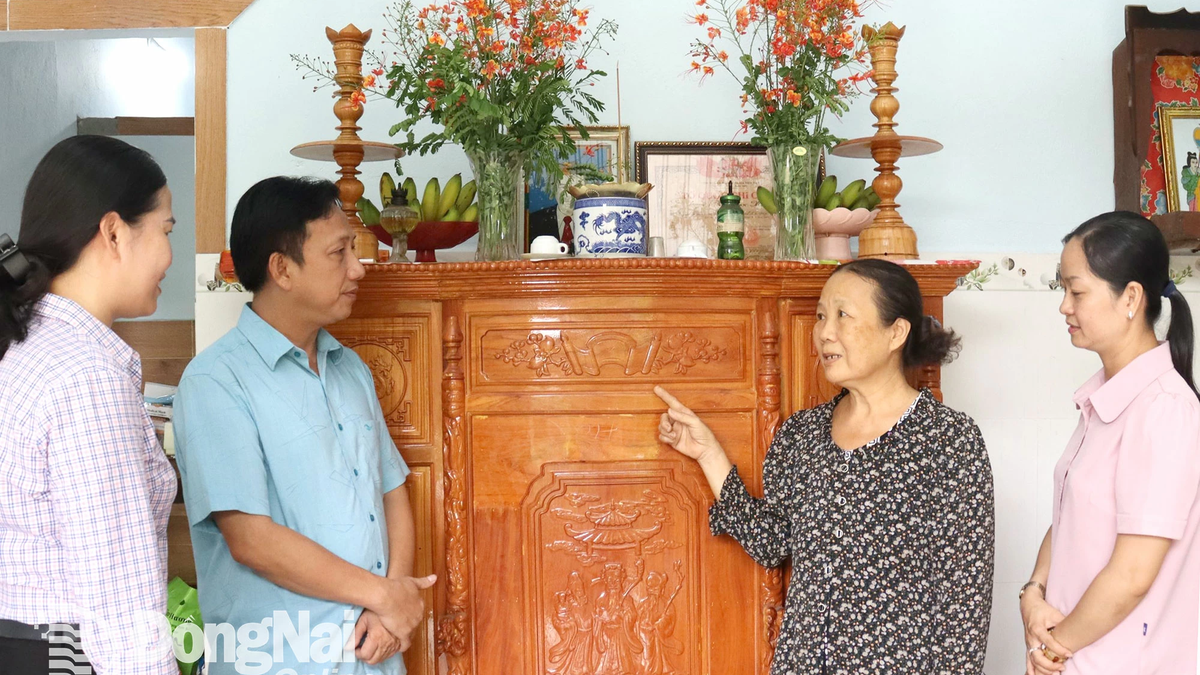
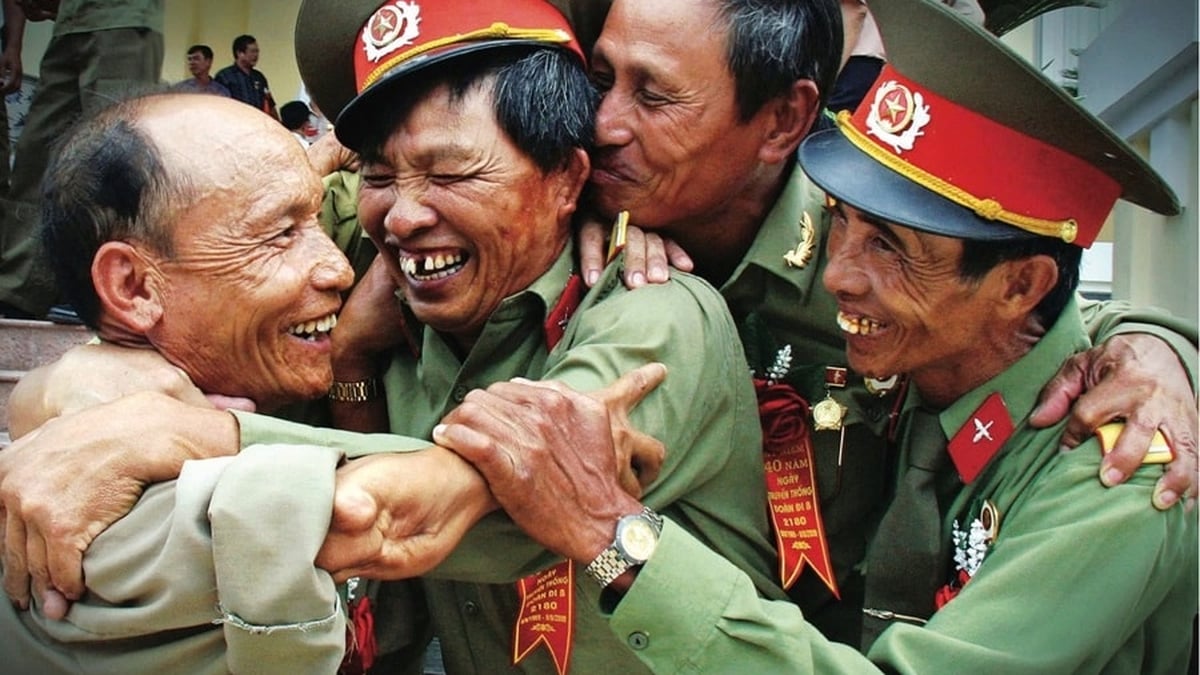
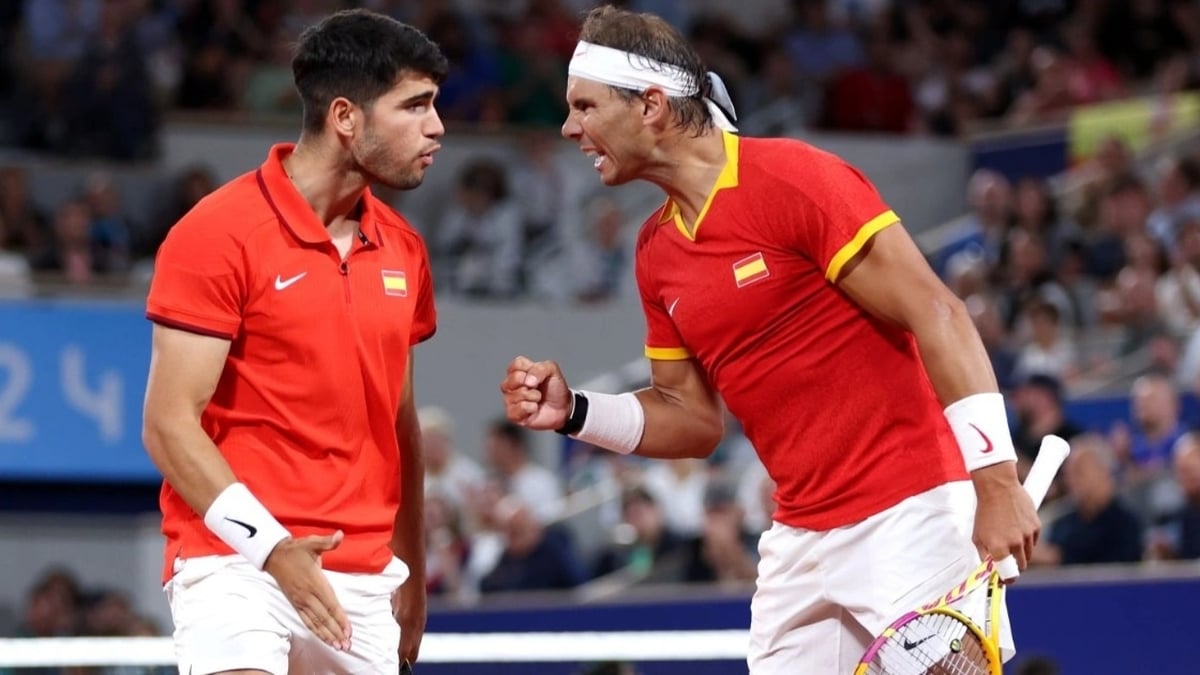
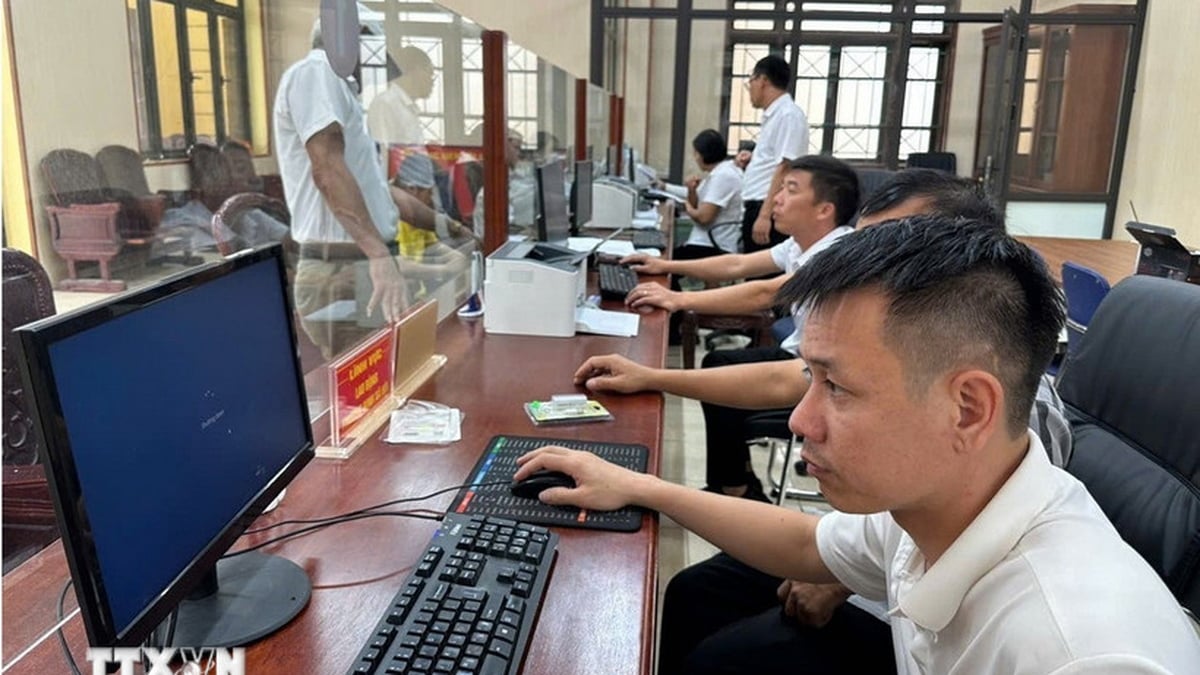
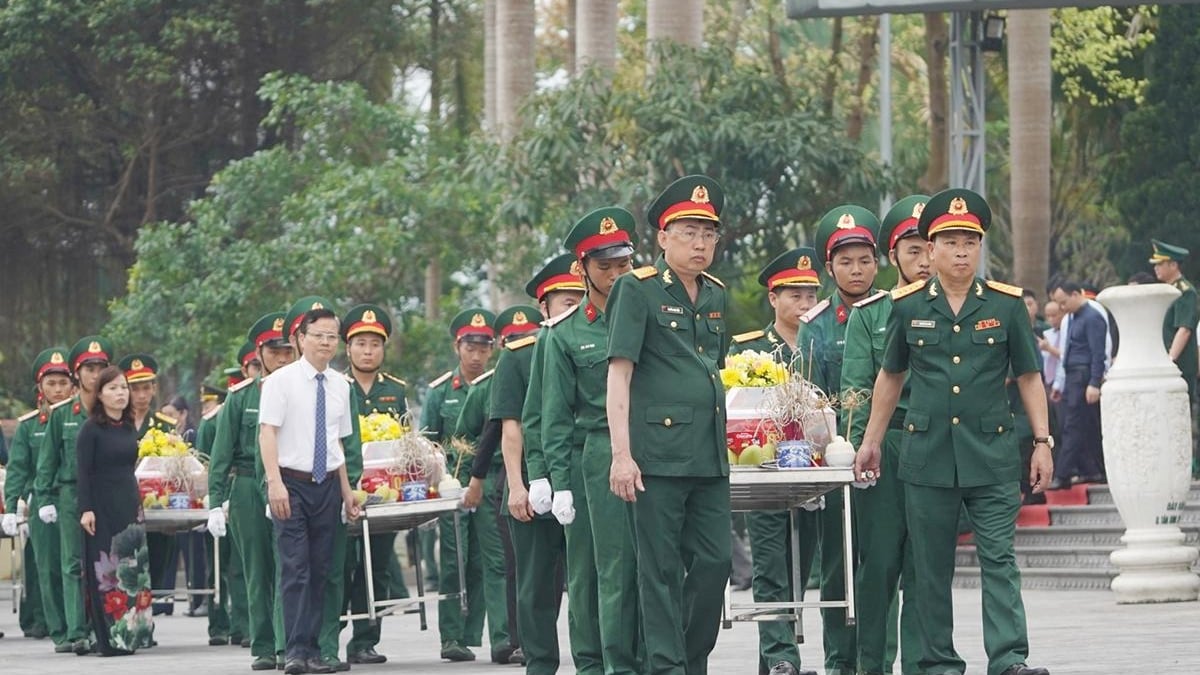
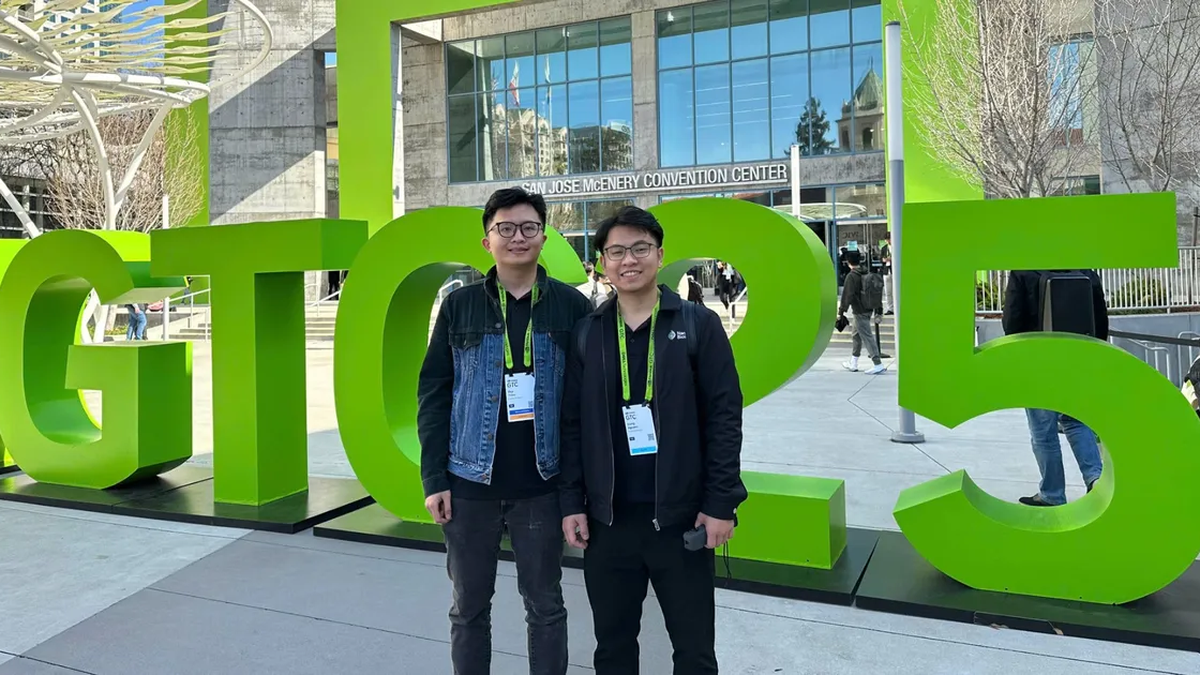
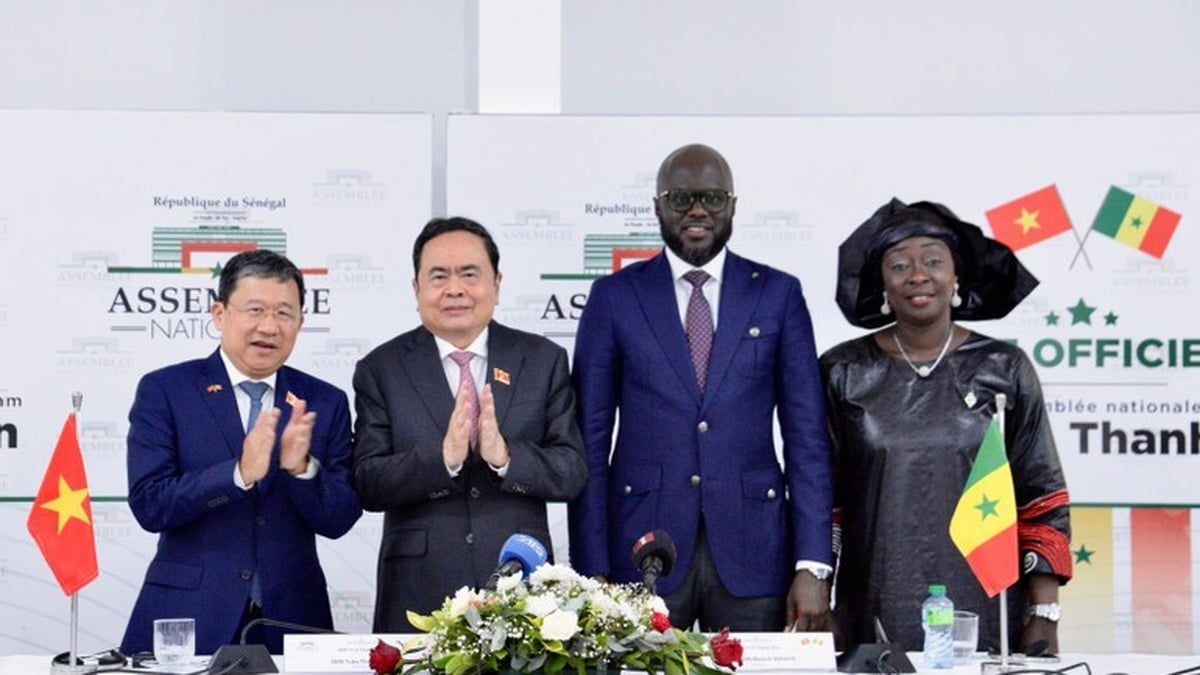














![[Photo] Signing of cooperation between ministries, branches and localities of Vietnam and Senegal](https://vphoto.vietnam.vn/thumb/1200x675/vietnam/resource/IMAGE/2025/7/24/6147c654b0ae4f2793188e982e272651)













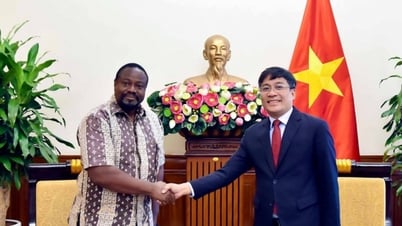
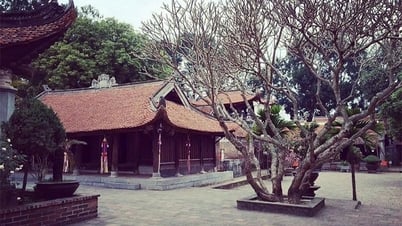

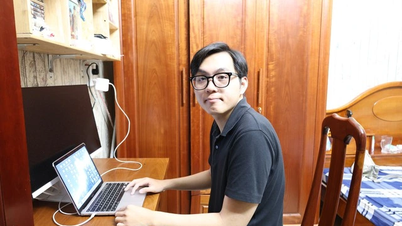






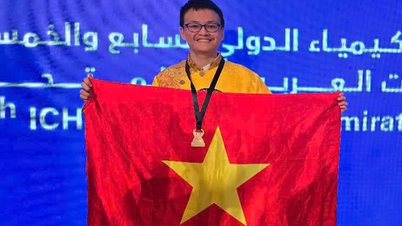

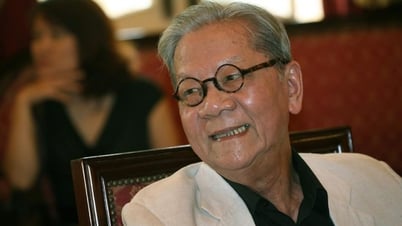








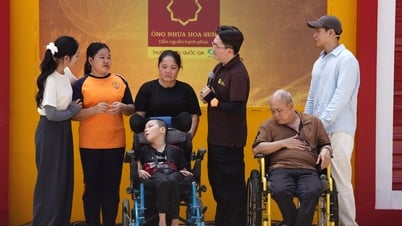




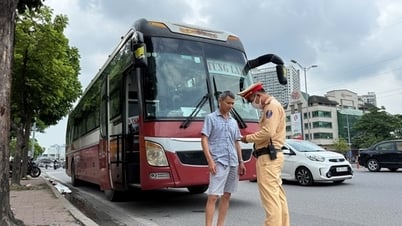

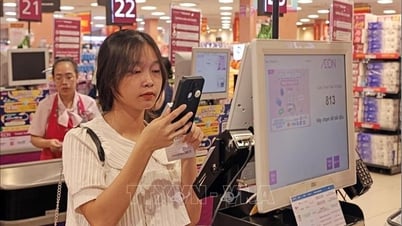

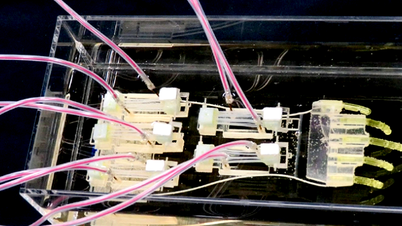
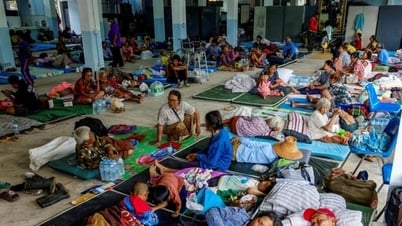



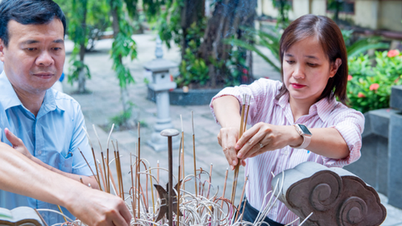


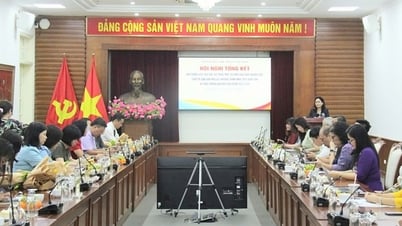


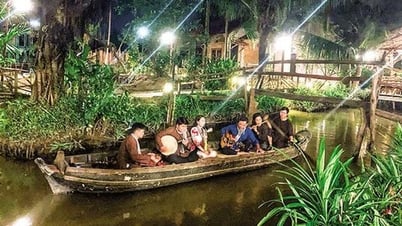






















Comment (0)